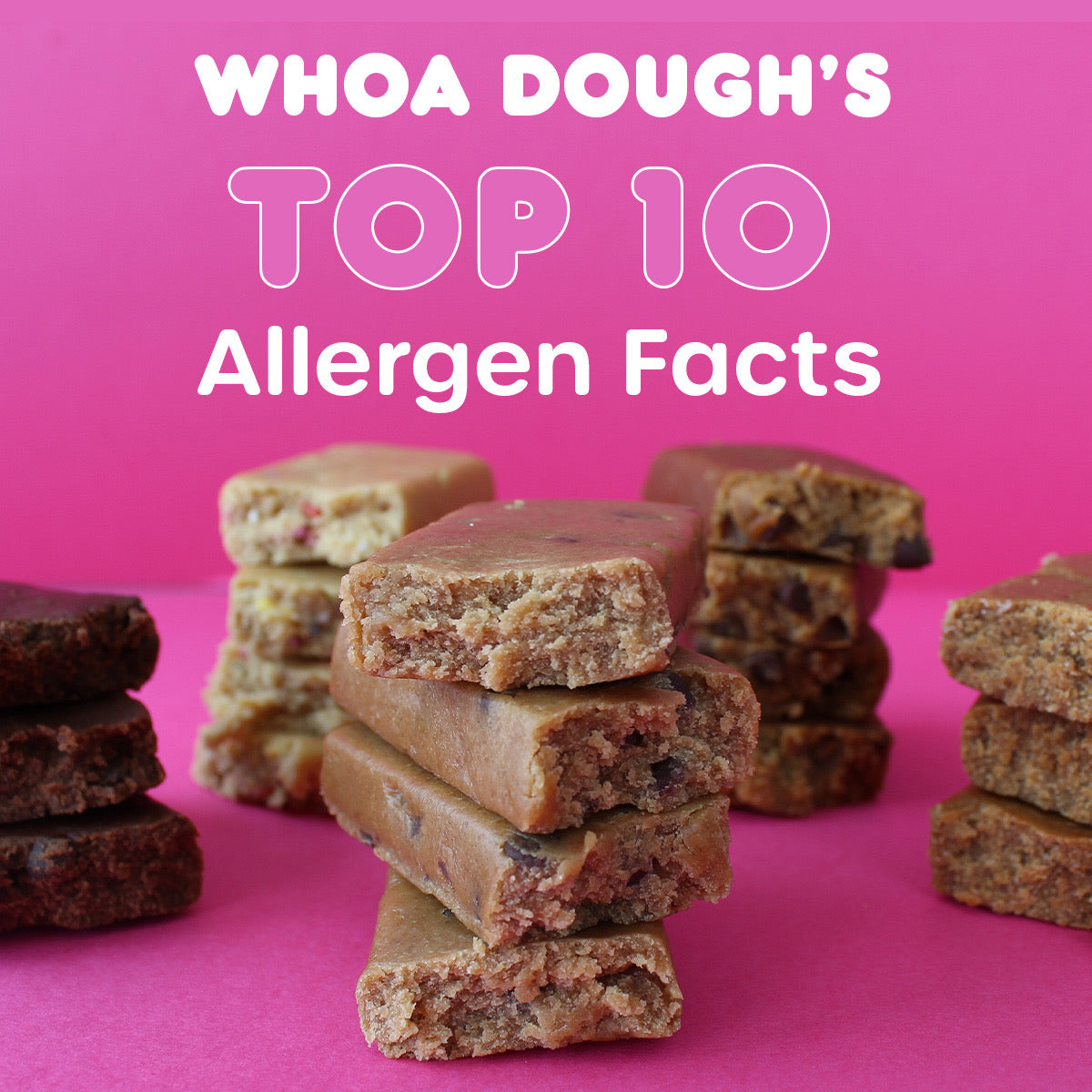Jump into the dough and find out something you might not already know! Regardless if you have an allergy or not, it is important to be aware of allergies and their effects because of how prominent they are in the world around us.
Having a food allergy means that your body’s immune system negatively reacts to a food or substance it comes in contact with. The effects of allergies can vary depending on the severity. For example, if the allergic reaction is more mild it can cause coughing, sneezing, hives, rashes, itchy skin or stomach aches or cramps. However, if an allergy is more severe it can cause extremely low blood pressure, breathing trouble, asthma attacks or other life threatening effects. Although most allergies do not have a cure, they can be treated by implementing new diet practices or with certain dietary supplements. In addition to implementing new lifestyle changes, it is important to spread awareness and educate yourself in the allergy arena. Here are ten facts to get you started!
- About 32 million people have food allergies in the United States, of which 26 million (10.8%) are adults and 5.6 million (7.6%) are children.
- The eight main food allergens include milk, eggs, fish, shellfish, tree nuts, peanuts, wheat and soybeans.
- The most common food allergy among children is milk, closely followed by eggs and peanuts.
- The most common food allergy among adults is shellish, followed by tree nuts and peanuts.
- Caring for individuals with allergies in the United States costs families about $25 billion dollars each year.
- About 40% of children with food allergies are allergic to more than one food.
- The Centers for Disease Control & Prevention reports the prevalence of food allergy in children has increased by 50% between 1997 and 2011.
- Every three minutes, a food allergy reaction sends someone to the emergency room.
- Each year in the United States, 200,000 people require emergency medical care for allergic reactions to food.
- Childhood hospitalizations related to food allergies tripled between the late 1990s and the mid 2000s.
For more information regarding allergies visit the Asthma and Allergy Foundation of America website (https://www.aafa.org/allergy-facts/) and the Food Allergy Research & Education website (https://www.foodallergy.org/resources/facts-and-statistics).


0 comments